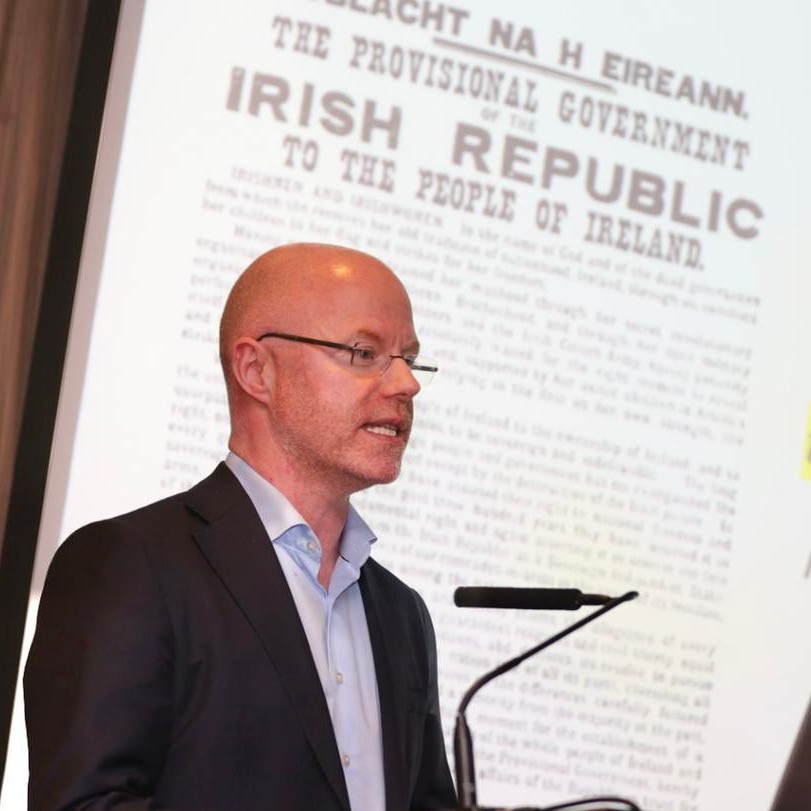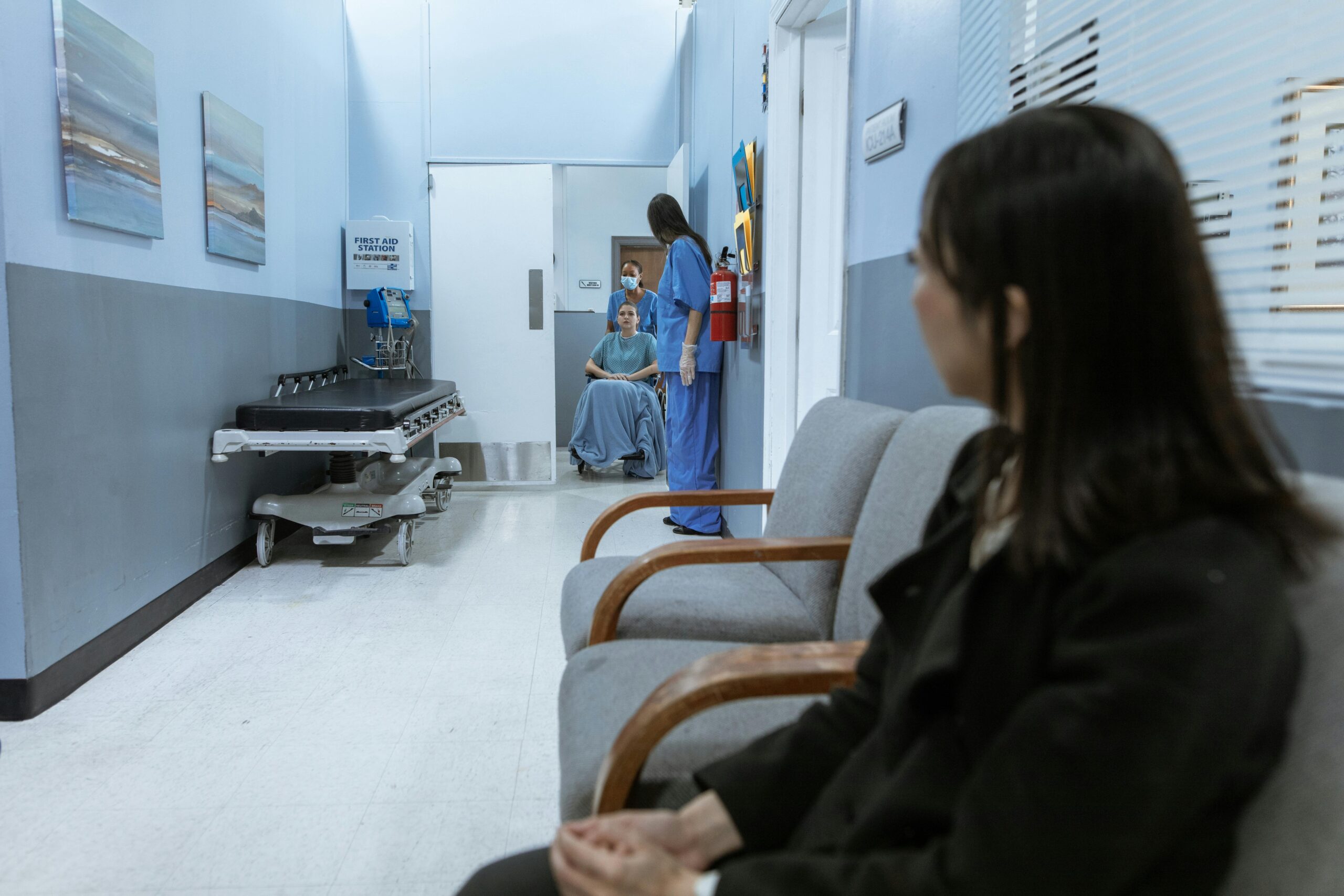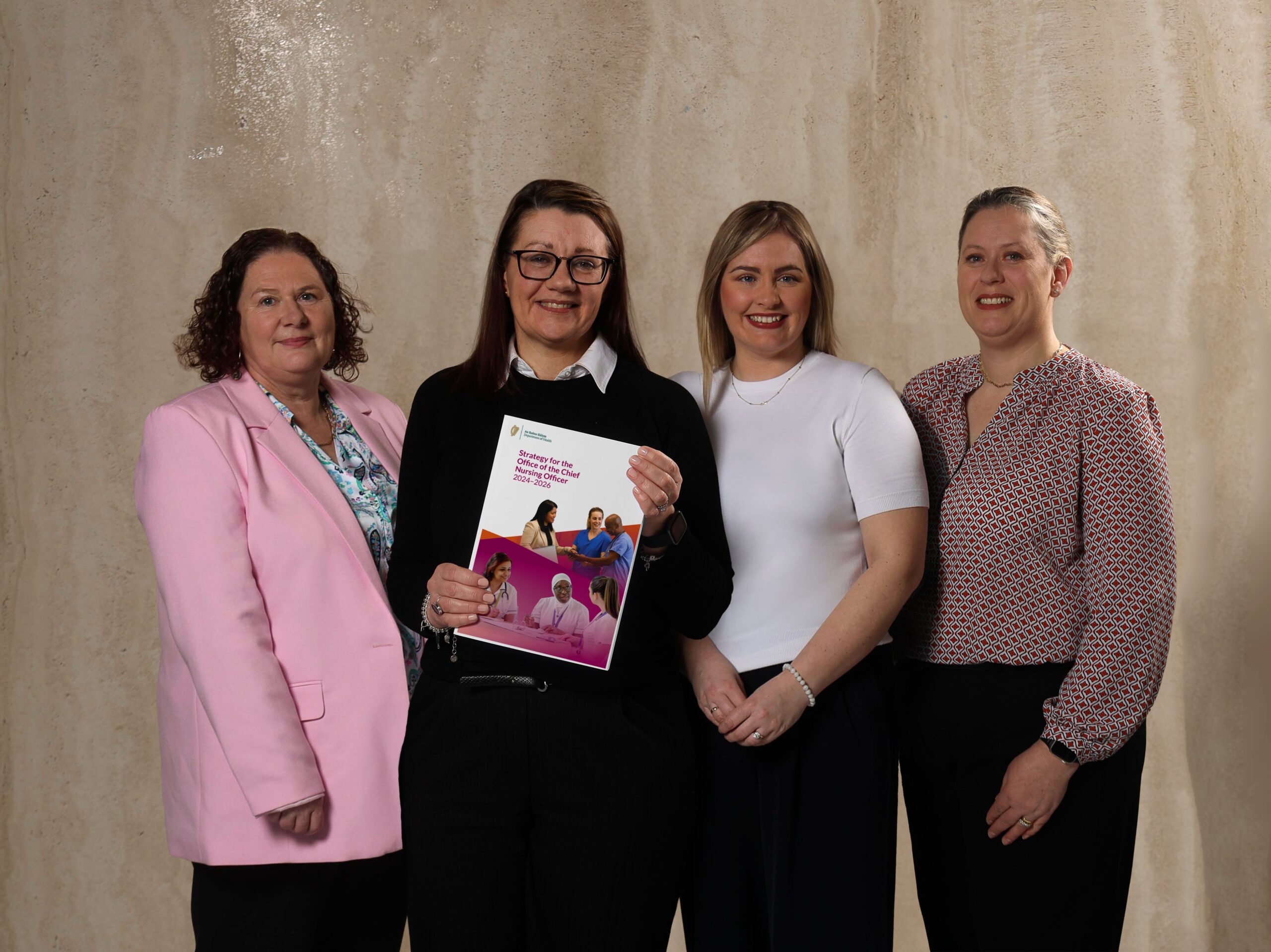TRIAGE TRENT LOGISTICS

Triage and treatment tents have become ubiquitous in the current pandemic, improving throughput and keeping infectious but relatively well patients outside of the hospital.
Emergency physician Josh Bucher, assistant professor at the Robert Wood Johnson Medical School, speaking to Hippoed ERCAST breaks down how his team has set up and uses their tent.
Triage and treatment tents have become ubiquitous in the current pandemic, improving throughput and keeping infectious but relatively well patients outside of the hospital. In this episode, emergency physician Josh Bucher, assistant professor at the Robert Wood Johnson Medical School, breaks down how his team has set up and uses their tent. Click on the link below to listen to the podcast.
Discussed here: arrival logistics, initial screening, flow through the tent, using telehealth rather than an in-person clinician, and making the decision of discharge home or send to the emergency department.
The “why” of using tents for triage and treatment of COVID-19 patients is generally the same, but the “how” differs. This episode gives insight into how one New Jersey hospital is doing it.
Tent hours, staffing and volume
- They average 40 patients per day.
- Open from 11am – 11pm, anticipating expansion to 9am – 1am.
- The more patients they can see in the tent, the less time and resources they’ll need to devote to terminal cleaning of contaminated ED rooms.
- Typical surge of patients is from 5pm – 8pm.
- 2 nurses staff the tent at all times.
- Nurse shifts are 4 consecutive hours without a scheduled break.
What happens when patients first arrive to the ED?
- They go to a small triage tent outside the main entrance of the ED which is staffed with a nurse and a registrar, both in full PPE .
- Vitals are taken (temp, pulse ox, heart rate but not BP).
- Patients are assessed to see if they meet tent criteria:
- Symptoms of fever (>100.4℉), URI symptoms, cough, and/or SOB.
- Not overtly dyspneic or toxic appearing.
- Age < 60
- HR < 130 bpm
- Pulse ox ≥ 95.
- They are considering lowering that pulse ox threshhold to allow more patients through the tent process
Patients who meet tent criteria are masked and directed to walk over to the tent. Then what?
- Visitors are not allowed to accompany them into the tent.
- They stop at a table to get a piece of paper on which they enter their own registration info. Full registration processing takes place later.
- A nurse guides the patient to a chair which is facing a telehealth robot device.
- The nurse asks triage questions and gets a medical history.
- A physician is listening (aided by the robot) and simultaneously entering information into the EMR.
- The robot has a stethoscope attached to facilitate lung auscultation, though the audio quality is poor.
- Facetime on a phone or tablet could be used as a substitute for a robot.
- No diagnostic testing is done in the tent (including COVID-19 testing).
- This is due to limited supply.
- The only patients tested for COVID are those being admitted.
Disposition from the tent.
- Physician makes decision about discharge from tent vs. ED admission. This is largely clinical judgement.
- Overt dyspnea, hypoxia at rest, pulse ox dropping to the mid 80s on standing in place ambulation for 20-30 seconds are some of the factors used to decide on disposition.
- 95% of patients are discharged.
- Patients are told they likely have COVID and of the need to self-quarantine.
- Return precautions stress the need to return for difficulty breathing.
- Discharge instructions printed from printer in tent.
- 5-6 patients per day are sent to the ED for further evaluation.
What PPE is being used?
- Staff in the tent wear a Tyvek suit, N95 mask, multiple pairs of gloves, and a face shield.
- The outer pair of gloves is changed between patients.
- PAPRs and CAPRs are in short supply and reserved for the OR and ED staff performing high risk procedures (ie. intubation).
How is transmission of infection minimized in the tent?
- The tent is completely under negative pressure.
- Any surface touched by a patient is wiped down with a bleach wipe.
- Throughput is typically quick, so there is less risk of spreading droplets.
- Entire process from triage to discharge can take as little as 15 min.
- Patients move through the tent in one direction and don’t spend a prolonged time in one spot. This minimizes exposure to the staff.
By Rob Orman and Hippo Education LLC.. Discovered EMS on Player FM — copyright is owned by the publisher, not Player FM, and audio is streamed directly from their servers.
You might also like
For relevant updates on Emergency Services news and events, subscribe to EmergencyServices.ie









